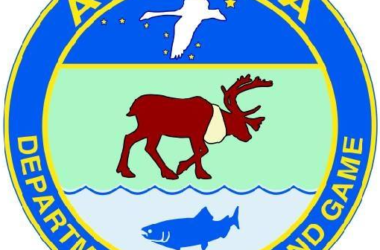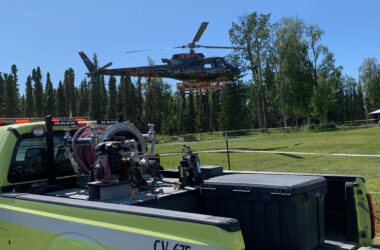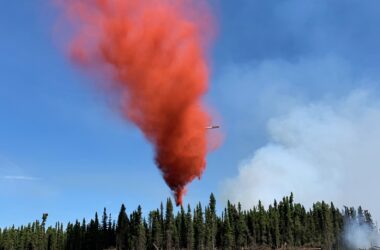Ocean acidification is the current decrease of pH happening in Earth’s oceans, caused by the absorption of carbon dioxide from our atmosphere.
This series will aim to simplify yet congeal various parts of that process and it’s potential impacts.
Recently we spoke with National Oceanic and Atmospheric Administration Oceanographer Kris Holdried out of Homer about ocean acidification or carbon absorption by oceans.
Holdried: “Alaska is I mean really ground zero and that’s partially that’s because of the low pH and the low temperatures will drive pH a little lower and the cold waters are more susceptible and also the northern north pacific, the deeper ocean waters are naturally lower in pH so they are kind of preconditioned to be at the lower end of the scale with respect to the whole global ocean. So that means we’re at that place where we’re most sensitive to these changes.”
Coastal waters often fluctuate in pH said Holdried, and those studying it in Alaska are still in the early stages of understanding what it means for different species.
Holdried : “We’re measuring the conditions that are out there and how those conditions are changing. The big thing thats known now is how low the pH is getting as the uptakes of Co2, that causes concerns. There has also been a lot of laboratory studies that have looked at what the effect of lower pH might be on certain species like pteropods. So we know now, we have a better idea of what those impacts are. The next step is in the ocean you’re not only looking at PH by itself, but you’re also looking at the amount carbon dioxide the amount of oxygen, the amount of PH is and how the organisms respond to that.”
One documented affect of ocean acidification: the higher acidity levels make it harder for pteropods to grow their shells. According to NOAA, a pteropod is “a tiny sea creature about the size of a small pea. Pteropods are eaten by organisms ranging in size from tiny krill to whales and are a major food source for North Pacific juvenile salmon.”






